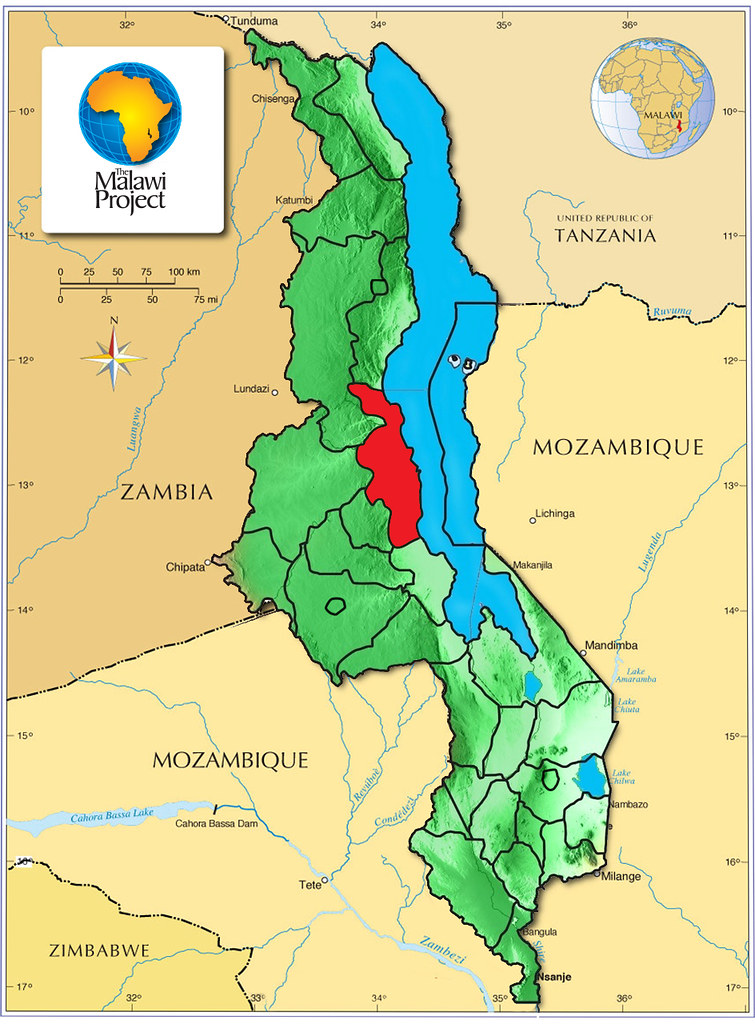FLASH FLOODS CONTINUE
Nkhotakota District, Malawi … Well up the western coast of Lake Malawi one enters the Nkhotakota District, and then the Trading Center that carries the same name. Considered the largest traditional African town in Malawi, Nkhotakota is 120 miles (200 kilometers) north-east of the capital city of Lilongwe, and approximately 235 miles (378 kilometers) north by northeast of Blantyre, Malawi’s second-largest city.
In the early years Nkhotakota was a group of tiny villages that served as a human market for the slave trade. While that part of their history is long past, even today the area has a strong Swahili-Arabian influence. It was in Nkhotakota that David Livingstone, the Scottish explorer, persuaded Chief Jumbe to stop trading slaves. Ultimately this led to the end of slavery along the entire eastern side of Malawi. The tree, under which they met still stands today as a reminder of their efforts to end the dark days of the African slave trade.
The city sits beside a natural harbor that offers a successful measure of commerce and trade, and much of the rest of the district is made up of rolling hills and mountainous areas. As is the case in many emerging nations, villages and population centers tend to be built in valleys and along rivers where people have access to water. The proximity to these low valleys and rivers, subject the people to sudden devastation from flash floods and too much rain. Last year and the year before, it was primarily the lower Shire Valley and Southeastern Malawi, suffering from devastating cyclones and flooding. In the first weeks of 2024 it is the Central Region of the country, including the towns and villages of the Nkhotakota District.

